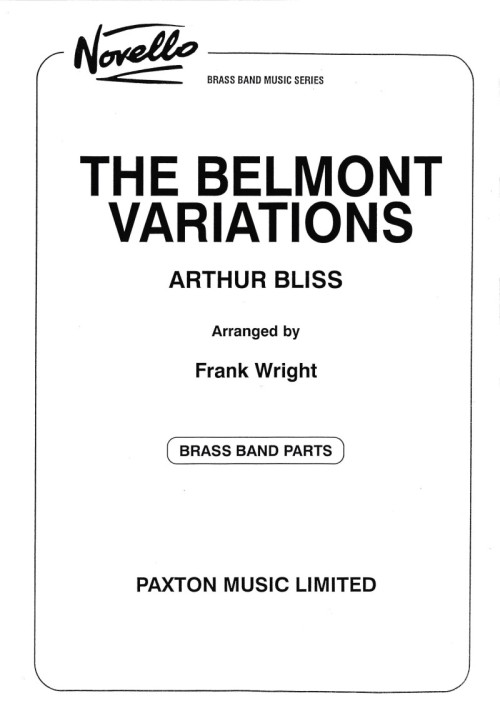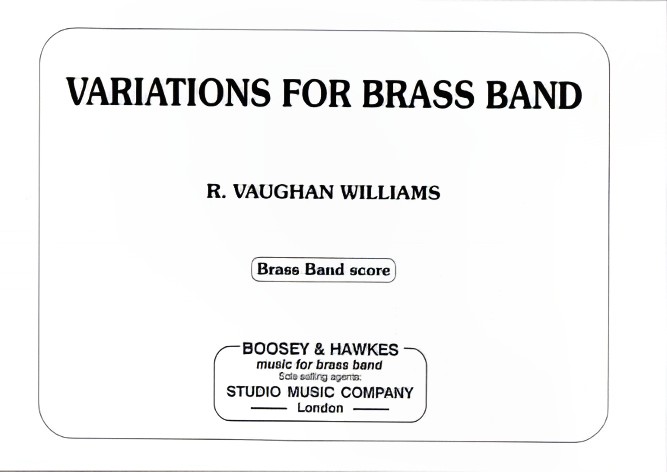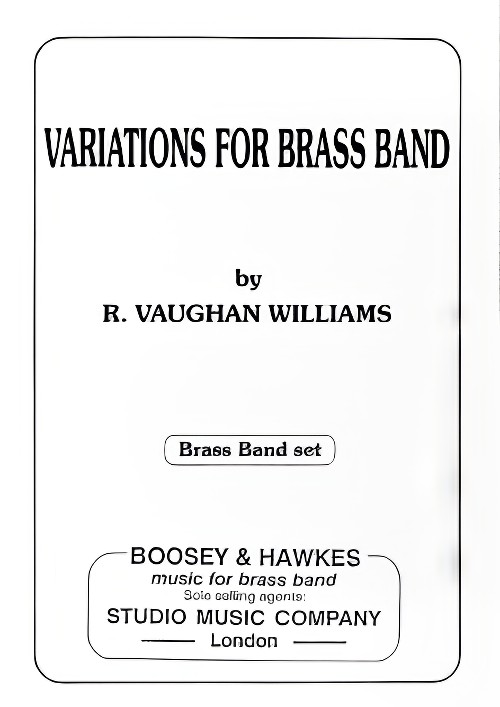Results
-
 £69.95
£69.95Belmont Variations (Brass Band - Score and Parts) - Bliss, Arthur - Wright, Frank
2nd Section Test PieceRecorded on Polyphonic QPRL041D Variations
Estimated dispatch 7-14 working days
Audio Player -
 £32.95
£32.95Variations for Brass Band (Original Version) (Brass Band - Score only) - Vaughan Williams, Ralph
Butlins 2018 2nd Section Set Work.
Estimated dispatch 7-14 working days
-
 £74.95
£74.95Variations for Brass Band (Original Version) (Brass Band - Score and Parts) - Vaughan Williams, Ralph
Butlins 2018 2nd Section Set Work.
Estimated dispatch 7-14 working days
-

A Thomas Hardy Trilogy | Brian Daniels
A Thomas Hardy Trilogy was originally written for an erstwhile pupil of the composer who sang many of Britten's songs based on Hardy, and was scored for Crumhorn and Piano.The movements in the piece are intended to reflect the titles of the novels by word association.Trumpet Major (an NCO responsible for Trumpeter discipline) refers to the character John Loveday, and the piece has a slightly melancholy inner section to depict Hardy's rather dour manner.The mood of Tess speaks for itself, the poor creature baptised with bad luck.Under the Greenwood Tree is a romantic novel involving choirs and instrumentalists with a pastoral flavour, and The Maypole Dance is a hint of the culminating wedding ceremony knees up!Instrumentation 1st Trumpet 2nd Trumpet Horn in F Trombone TubaISMN: 979-0-708127-93-2
Audio Player
